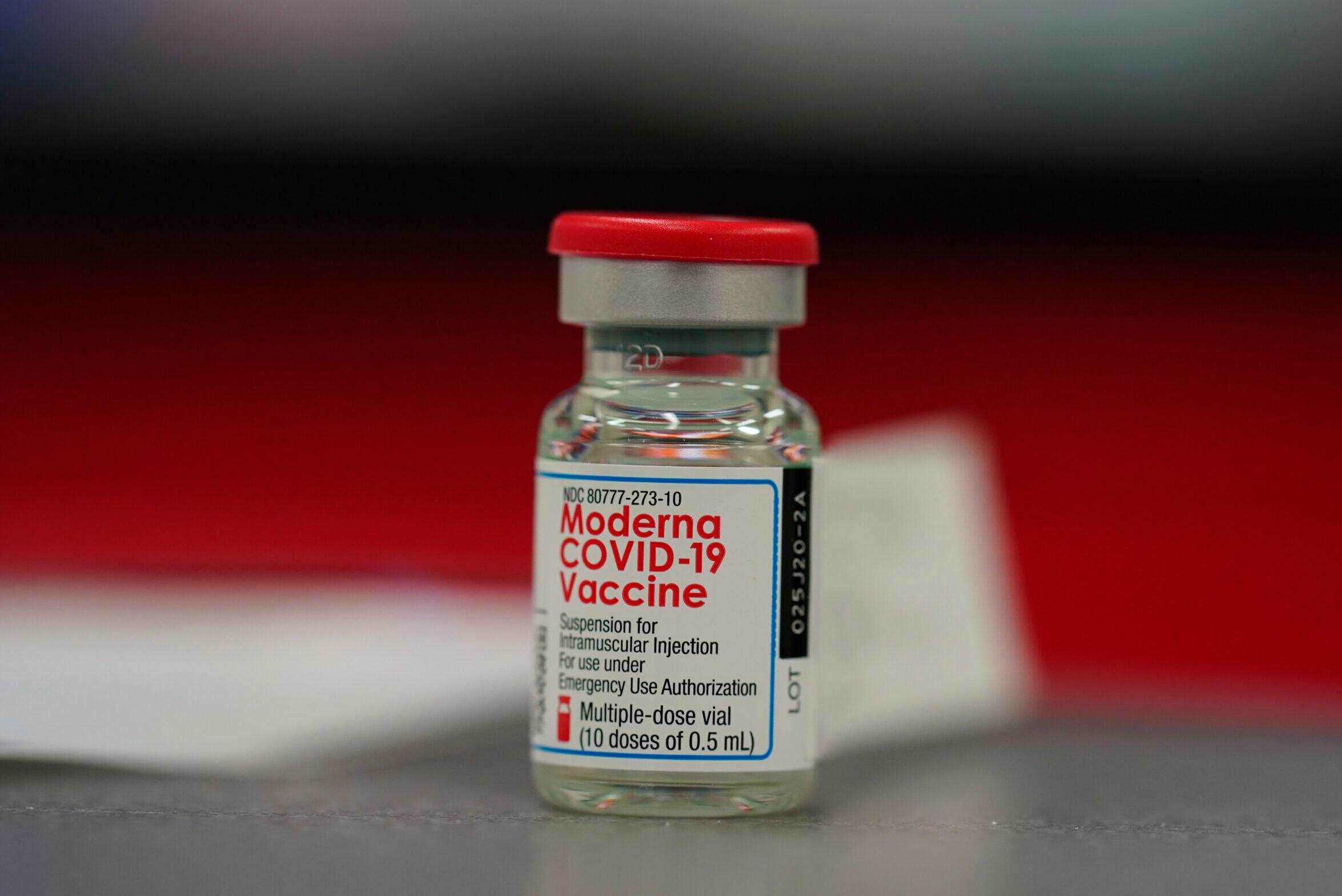
Updated Jan. 23 @ 12:31 p.m.
State health officials have promised that historically marginalized and underserved populations in metro counties, as well as those in remote communities in Colorado, will have equal access to the COVID-19 vaccine.
Newly released state numbers show that’s not happening — at least not yet.
Those numbers, released for the first time Friday, show about 68 percent of those vaccinated in Colorado have been white — in line with the population. But while Black Coloradans make up just under 4 percent of the state’s population, they represent fewer than 2 percent of people vaccinated in the state.
Latinos, just under 22 percent of Colorado’s population, account for just 4 percent of those in the state who have gotten vaccines.
State officials said a key reason for the lower vaccination rates in diverse communities is that many frontline health care workers, who were prioritized for the first batch of vaccines, are white.
But an analysis of vaccination distribution to those 70 and older shows the racial disparity still exists. About 75 percent of the 70-plus group who have been vaccinated are white, while just 3.5 percent are Latino and 1.2 percent are Black. About 18 percent are not identified by race or ethnicity.
Colorado residents 70 and older are 84.2 percent white, 2.61 percent Black and 10.19 percent Latino, according to 2019 estimates from the State Demography Office.
The disparity is also evident at local levels. In Denver, one of the state’s most diverse counties, wealthier, white neighborhoods have much higher vaccination rates for residents 70 and older than neighboring areas with more diversity.
As for the large group of people who’ve been vaccinated but whose demographic information wasn’t reported, the state issued a requirement that all providers at least ask patients for their race and ethnicity information. Patients won't be required to give that information.
The importance of equity in the vaccination process is underscored by the fact that underserved communities have been disproportionately harder hit by the virus in terms of hospitalizations and fatalities.
Gov. Jared Polis said the disparities between those vaccinated and those not were unacceptable. He said the state is aggressively trying to improve with new campaigns to reduce vaccine resistance among communities of color.
“It also includes making sure that we're taking every step we can to be in community health clinics, to be in underserved communities with stand-up clinics ... to make sure that everyone in Colorado, no matter their race, their heritage, where they live has access to the life-saving vaccine," Polis said.
The state has touted recent efforts like two drive-through COVID-19 vaccination clinics for residents 70 and older in the San Luis Valley, which has a large Latino population.
Earlier in January, the state sent a letter to health providers telling them they could not require government-issued identification or other documentation from people seeking vaccine. Officials said those requirements could increase inequities in the distribution process and could discourage certain ethnic and minority groups from getting coronavirus vaccines.
- When It Comes To Separating Facts About Coronavirus From Fiction, Latinx And Black Community Leaders Play Key Roles
- Disability Advocates Still Have Questions About Colorado’s COVID-19 Vaccine Plan
- Trustworthiness Might Be More Important Than Trust When Messaging About COVID-19 Vaccines To Communities Of Color
Concerns about getting the vaccine to medically underserved communities have been present since before the first vaccine was proven to be effective. As the first doses were produced, they went first to frontline health care workers, then to residents 70 and older.
But with a “use it or lose it” warning from the state accompanying each batch, the early emphasis has been on getting the vaccine delivered fast, and not wasting a drop. Public health officials said that drove providers, particularly hospitals, to use it on the patients they knew and could contact quickly, who were disproportionately white.
“It’s important to get the vaccine administered as quickly as possible,” said Liane Jollon of San Juan Basin Public Health. “It's equally, if not more important to [ensure] that we get it in the right arms to achieve the [equity] goals of vaccinations.”
As supplies increase, and public awareness campaigns begin, the hope is that a more diverse population will be reached and sign up for shots.
CPR News reporter Claire Cleveland contributed to this report.
Editor's Note: A limited number of CPR News journalists have started to receive vaccinations according to the state's prioritization of essential frontline workers.
This story has been updated with racial and ethnic data for residents 70 and older.








